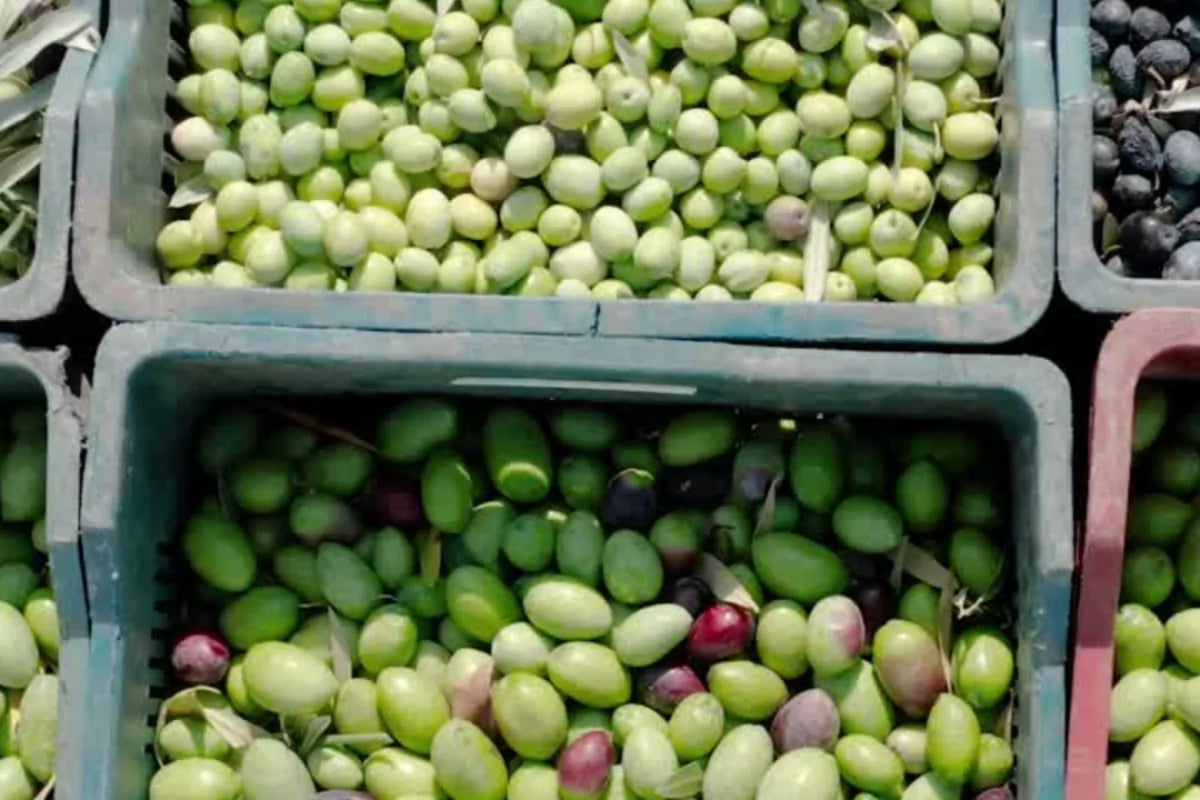The history of olive trees, the source of olive oil, dates back to 8000 years ago. Olive oil is obtained by crushing olives, the fleshy fruit of the olive tree, along with its pit. Unlike seed oils obtained from seeds, olive oil is more like a "fruit juice." When olives are crushed, their cell walls rupture, releasing the oil. Like freshly squeezed orange or cherry juice, it is raw and pure.
Extra virgin olive oil, with its exquisite aroma, unique flavor, and ease of digestion, is considered the most valuable among all liquid oils. Its richness in polyphenols, antioxidants, and various unsaturated fatty acids makes extra virgin olive oil highly prized.
Olive oils are classified based on both their chemical and sensory properties. Chemical analyses measure laboratory-measured values, while sensory analyses evaluate taste.
Olive oil varieties can be categorized into 7 classes based on their extraction method and production techniques:
- Extra Virgin Olive Oil
- Virgin Olive Oil
- Ordinary Virgin Olive Oil
- Lampante Virgin Olive Oil
- Refined Olive Oil
- Blend Olive Oil (Riviera)
- Olive Pomace Oil
Extra Virgin Olive Oil (EVOO)
According to the International Olive Council (IOC), extra virgin olive oil refers to olive oil containing no more than 0.8 grams of free fatty acids (oleic acid) per 100 grams. Extra virgin olive oil must meet various sensory standards and have an acidity level below 0.8%. It is characterized by its perfect taste and aroma, making it the most suitable for consumption.
Virgin Olive Oil
Virgin olive oil is obtained through mechanical and physical means without undergoing chemical reactions or changes in its structure. Like extra virgin olive oil, it has an acidity level below 2% per 100 grams and is extracted using natural methods.
Ordinary Virgin Olive Oil
With an acidity level below 3.3% per 100 grams, ordinary virgin olive oil retains the required chemical and sensory qualities. It is weaker in nutritional value compared to extra virgin olive oil.
Lampante Virgin Olive Oil
Lampante olive oil has an acidity level exceeding 3.3% and requires processing before being suitable for consumption. It is often refined or used for technical purposes.
Refined Olive Oil
Refined olive oil undergoes various refining processes, resulting in lower nutritional value compared to extra virgin olive oil, despite having a low acidity level of around 0.3% per 100 grams.
Blend Olive Oil (Riviera)
Blend olive oil is a mixture of refined olive oil and virgin olive oils, with an acidity level below 1% per 100 grams. It is nutritionally inferior to virgin olive oils.
Olive Pomace Oil
Olive pomace oil is extracted from olive pomace, the residue remaining after olive pressing. It is divided into three types: crude olive pomace oil, refined olive pomace oil, and blend olive pomace oil. While popular for frying abroad, its consumption is relatively low in our country.
To access the document prepared by the International Olive Council containing all the necessary standards and values required for the categories, you can click here: (https://www.internationaloliveoil.org/wp-content/uploads/2021/11/COI-T15-NC3-REV-17_ENK.pdf)
References:
- https://zeytindostu.org.tr/zeytin/tarihce - History of Olive (Turkish)
- https://diatek.com.tr/ArticleDetail.aspx?Article=3332 - Article Detail (Turkish)
- https://recipes.howstuffworks.com/how-olive-oil-works2.htm - How Olive Oil Works (English)
- https://www.oliveoiltimes.com/basics/understanding-the-different-categories-of-olive-oil/100111 - Understanding the Different Categories of Olive Oil (English)
- http://mucahitkivrak.baun.edu.tr/index_dosyalar/93-zeytinyagi-uretim-asamalari.pdf - Stages of Olive Oil Production (Turkish)
- http://zeytindostu.org.tr/wp-content/uploads/2019/04/Zeytinya%C4%9F%C4%B12.pdf - Olive Oil (Turkish)
- http://www.balikesir.edu.tr/site/icerik/edremit-zeytincilik-enstitusu-1740 - Edremit Olive Institute (Turkish)
- Mert, B. (2019). Olive Oil. Lecture.


